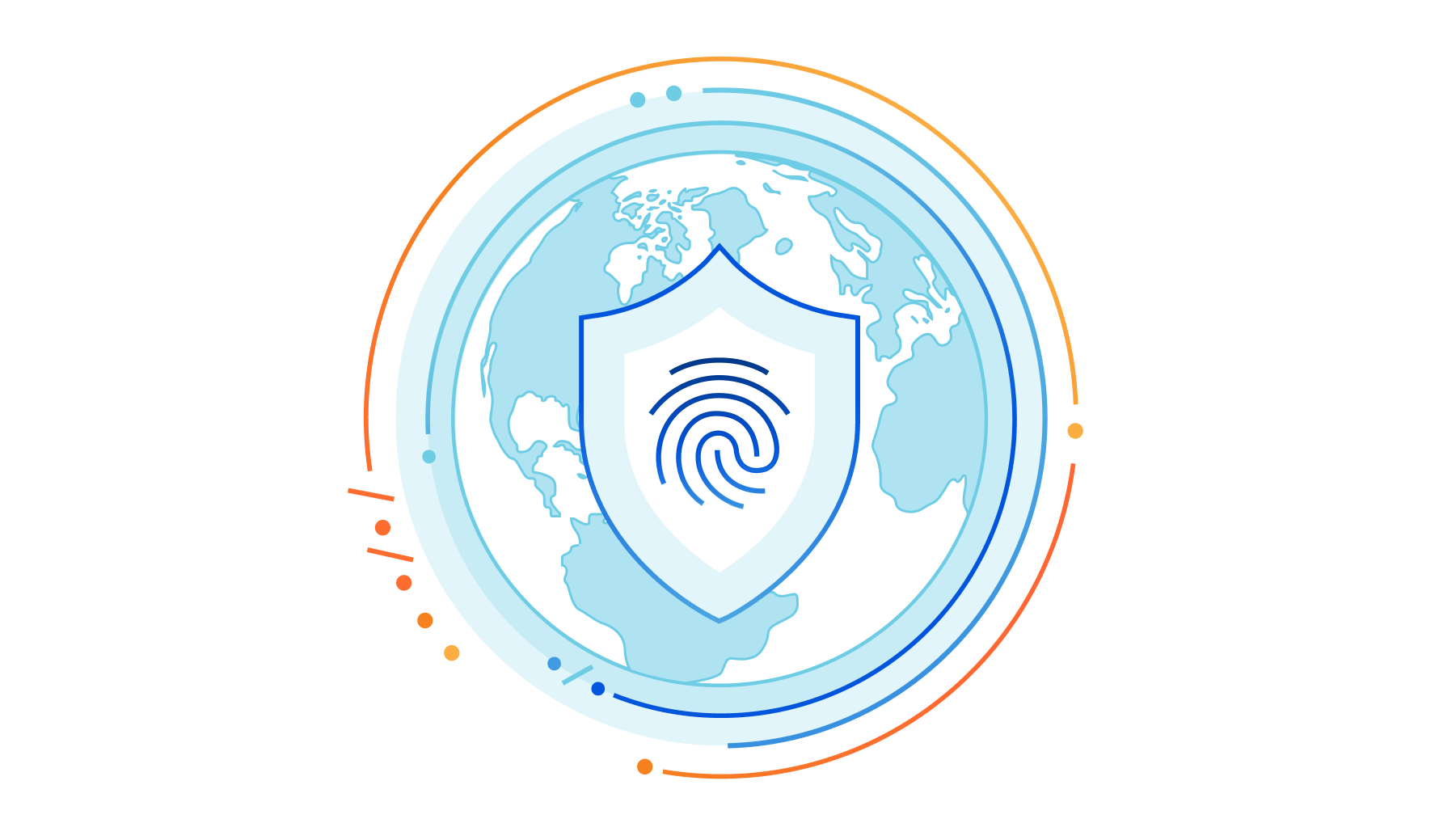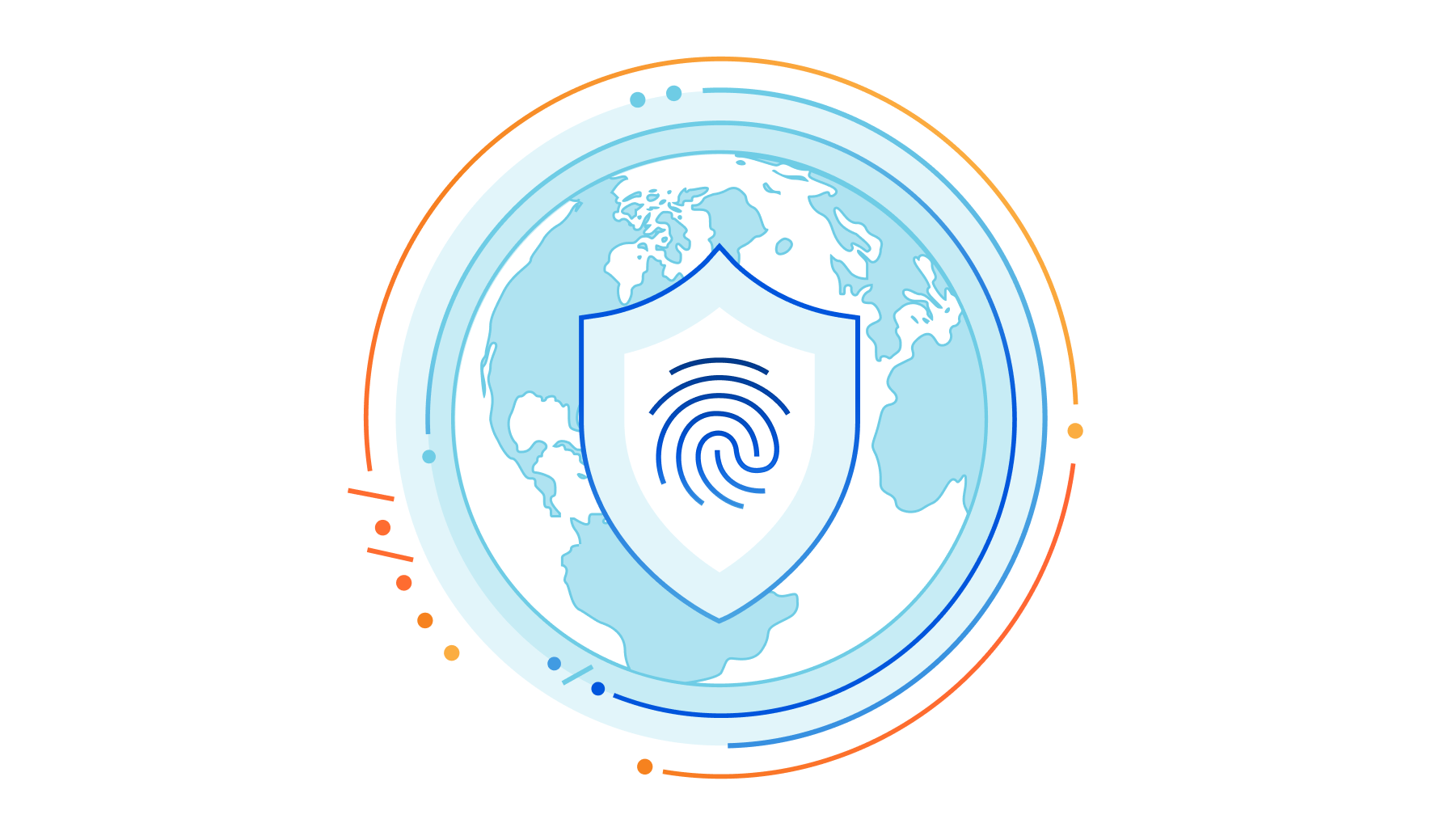Towards a global framework for cross-border data flows and privacy protection

This post is also available in Deutsch and Français.

As our societies and economies rely more and more on digital technologies, there is an increased need to share and transfer data, including personal data, over the Internet. Cross-border data flows have become essential to international trade and global economic development. In fact, the digital transformation of the global economy could never have happened as it did without the open and global architecture of the Internet and the ability for data to transcend national borders. As we described in our blog post yesterday, data localization doesn’t necessarily improve data privacy. Actually, there can be real benefits to data security and – by extension – privacy if we are able to transfer data across borders. So with Data Privacy Day coming up tomorrow, we wanted to take this opportunity to drill down into the current environment for the transfer of personal data from the EU to the US, which is governed by the EU’s privacy regulation (GDPR). Looking to the future, we will make the case for a more stable, global cross-border data transfer framework, which will be critical for an open, more secure and more private Internet.
The privacy challenge to cross-border data flows
In the last decade, we have observed a growing tendency around the world to ring-fence the Internet and erect new barriers to international data flows, especially personal data. In some cases this has resulted in less choice and poorer performance for users of digital products and services. In other cases it has limited free access to information, and – paradoxically- in some cases this has resulted in even less data security and privacy, which is contrary to the very rationale of data protection regulations. The motives for these concerning developments are manifold, ranging from a lack of trust with regard to privacy protection in third countries, to asserting national security, to seeking economic self-determination.
In the European Union, for the last few years, even the most privacy-focused companies (like Cloudflare) have faced a drumbeat of speculation and concerns from some hardliner data protection authorities, privacy activists and others about whether data processed by US cloud service providers could really be processed in a manner that complies with the GDPR. Often, these concerns are purely legalistic and fail to take into account the actual risks associated with a specific data transfer, and, in Cloudflare’s case, the essential contribution of our services to the security and privacy of millions of European Internet users. In fact, official guidance from the European Data Protection Board (EDPB) has confirmed that EU personal data can still be processed in the US, but this has become quite complicated since the suspension of the Privacy Shield framework by the European Court of Justice with its 2020 Schrems II judgment: data controllers must use legal transfer mechanisms such as EU standard contractual clauses as well as a host of additional legal, technical and organizational safeguards.
However, it is ultimately up to the competent data protection authorities to decide whether such measures are sufficient in a case-by-case interpretation. Since these cases are often quite complex, since every case is different, and since there are 45 data protection authorities across Europe alone, this approach simply doesn’t scale. Further, DPAs – sometimes even within the same EU country (Germany) – have disagreed in their interpretation of the law when it comes to third country transfers. And when it comes to an actual court ruling, it is our experience that the courts tend to be more pragmatic and balanced about data protection than the DPAs are. But it takes a long time and many resources before a data protection case ends up before a court. This is particularly problematic for small businesses that can’t afford lengthy legal battles. As a result, the theoretical threat of a hefty fine from a DPA may create enough of a deterrent for them to stop using services involving third-country data transfers altogether, even if those services provide greater security and privacy for the personal data they process, and make them more productive. This is clearly not in the interest of the European economy and most likely was not the intention of policy-makers when adopting the GDPR back in 2016.
The good news: there is hope on the horizon
While recent developments will not resolve all the challenges mentioned above, last December, after years of complex negotiations, international policy-makers took two important steps towards restoring legal certainty and trust relating to cross-border flows of personal data.
On December 13, 2022, the European Commission published its long-awaited preliminary assessment that the EU would consider that personal data transferred from the EU to the US under the future EU-US Data Privacy Framework (DPF) enjoys an adequate level of protection in the United States. The assessment follows the recent signing of Executive Order 14086 by US President Biden, which comprehensively addressed the concerns expressed by the European Court of Justice (ECJ) in its 2020 Schrems II decision. Notably, the US government will impose additional limits on US authorities’ use of bulk surveillance methods against non-US citizens and create an independent redress mechanism in the US that allows EU data subjects to exercise their data protection rights. While the Commission’s initial assessment is only the start of an EU ratification process that is expected to take about 4-6 months, experts are very optimistic that it will be adopted at the end.
Just one day later, the US, along with the 37 other OECD countries and the European Union, adopted a first-of-its kind agreement to enhance trust in cross-border data flows between rule-of law democratic systems, by articulating joint principles for safeguards to protect privacy and other human rights and freedoms when governments access personal data held by private entities on grounds of national security and law enforcement. Where legal frameworks require that transborder data flows are subject to safeguards, like in the case of GDPR in the EU, participants agreed to “take into account a destination country’s effective implementation of the principles as a positive contribution towards facilitating transborder data flows in the application of those rules.” (It’s also good to note that, in line with Cloudflare’s mission to help build a better Internet, the OECD declaration recalls members’ shared commitment to a “global, open, accessible, interconnected, interoperable, reliable and secure Internet”).
The future: a truly global privacy framework
The EU-US DPF and the OECD Declaration are complementary to each other and both mark important steps to restore trust in cross-border data flows between countries that share common values like democracy and the rule of law, protecting privacy and other human rights and freedoms. However, both approaches come with their own limitations: the DPF is limited to personal data transfers from the EU to the US In addition, it cannot be excluded that it will be invalidated by the ECJ again in a few years time, as privacy activists have already announced that they will legally challenge it again. The OECD Declaration, on the other hand, is global in scope, but limited to general principles for governments, which can be interpreted quite differently in practice.
This is why, in addition to these efforts, we need a stable, multilateral framework with specific privacy protection requirements, which cannot be invalidated unilaterally. One single global certification should suffice for participating companies to safely transfer personal data between participating countries worldwide. The emerging Global Cross Border Privacy Rules (CBPR) certification, which is already supported by several governments from North America and Asia, looks very promising in this regard.
European policy-makers will ultimately need to decide whether they want to continue on the present path, which risks leaving Europe behind as an isolated data island. Alternatively, the EU could revise its privacy regulation with a view to prevent Europe’s many national and regional data protection authorities from interpreting it in a way that is out of touch with reality. It could also make it interoperable with a global framework for cross-border data flows based on shared values and mutual trust.
Cloudflare will continue to actively engage with policy-makers globally to create awareness for the practical challenges our industry is facing and to work on sustainable policy solutions for an open and interconnected Internet that is more private and secure.
Data Privacy Day tomorrow provides a unique occasion for us all to celebrate the significant progress achieved so far to protect users’ privacy online. At the same time, we should use this day to reflect on how regulations can be adapted or enforced in a way that more meaningfully protects privacy, notably by prioritizing the use of security and privacy-enhancing technologies over prohibitive approaches that harm the economy without tangible privacy benefits.


